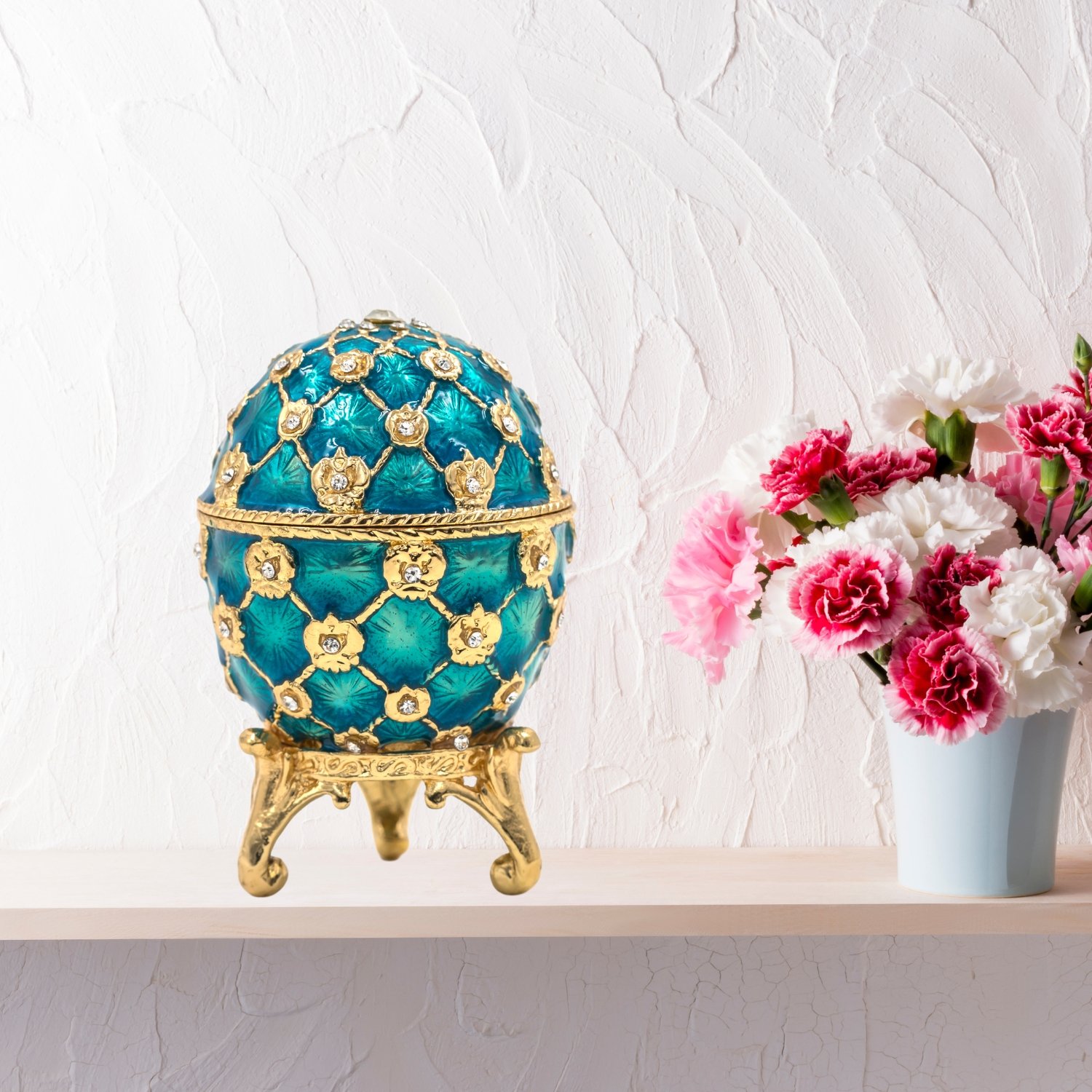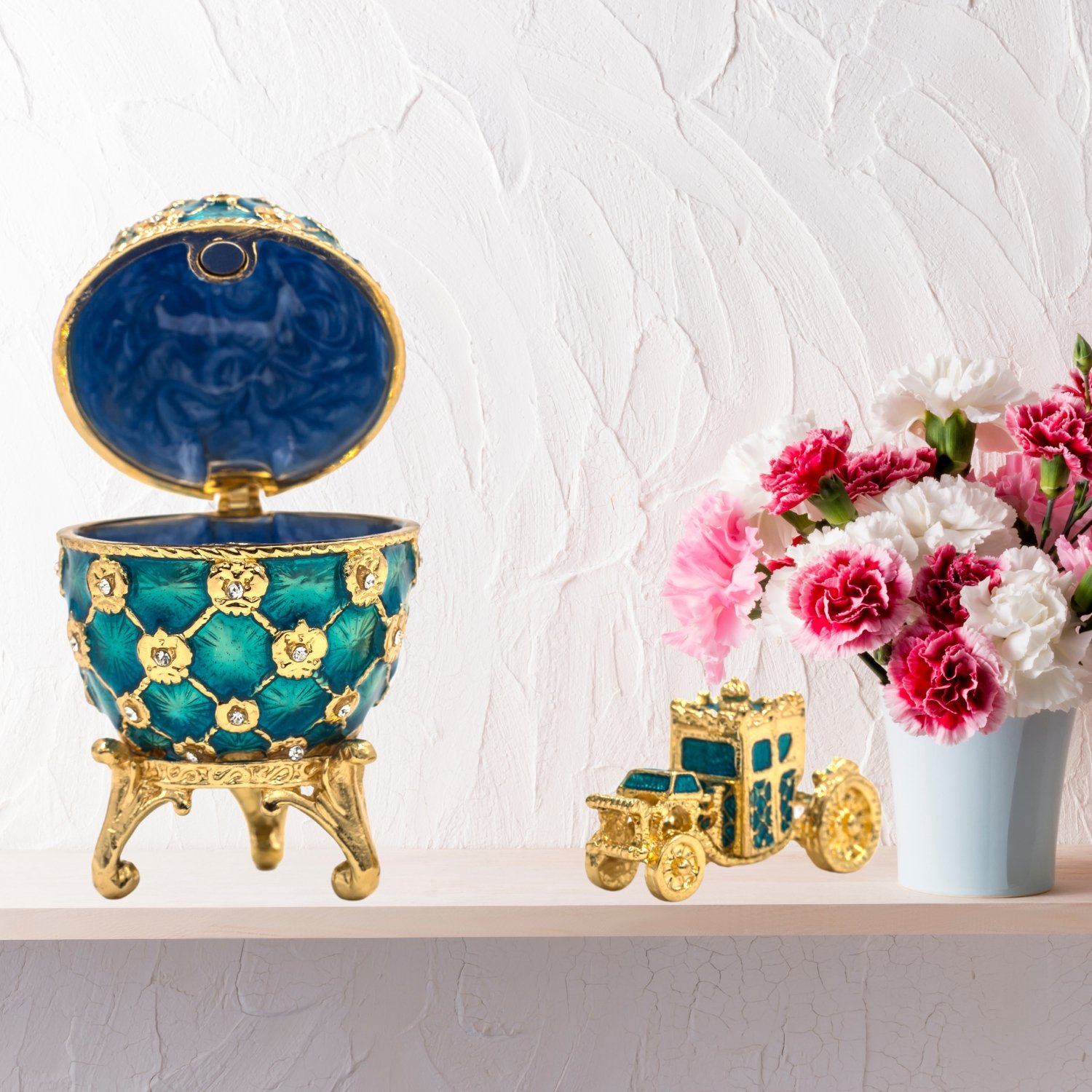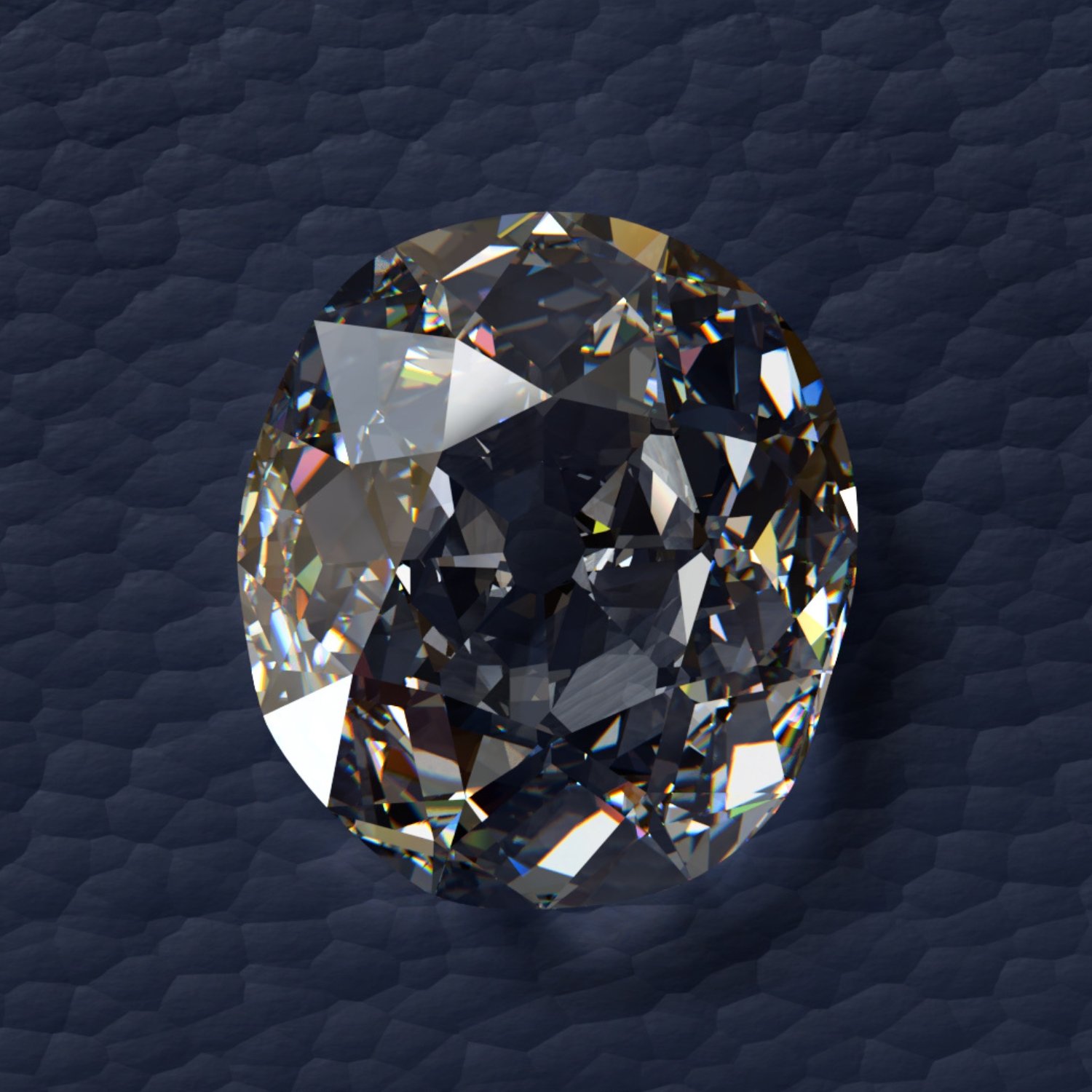Fabergé Eggs
If you recently saw the movie Red Notice with Gal Gadot, Ryan Reynolds and Dwyane Johnson (the Rock) on Netflix, you may be wondering whether Cleopatra’s three eggs really exist. We’re sorry to break it to you, but they do not. While Cleopatra was known for her love of jewelry and her collection of precious gems and pearls, there is no historical evidence of her owning, or of Antony ever giving her, any bejewelled eggs. The makers of Red Notice were likely inspired by the Fabergé eggs for their storyline.
Fabergé eggs are a series of jeweled eggs created by the House of Fabergé, a famous Russian jewelry firm founded by Peter Carl Fabergé in 1842. The eggs were made in the late 19th and early 20th centuries, and they were primarily commissioned by the Russian Tsars as Easter gifts for their wives and mothers.
The first Fabergé egg was created in 1885 for Tsar Alexander III as an Easter gift for his wife, Tsarina Maria Fedorovna. The egg, called the "Hen Egg," was made of gold and enamel, and it contained a small, yolk-like compartment that held a golden hen that in turn held a miniature diamond replica of the Imperial Crown.
The eggs were all incredibly intricate and detailed, and each one was unique and took a year to make. They were made from a variety of materials, such as gold, silver, precious stones, and enamel, and they were often decorated with intricate engravings, filigree work, and miniature sculptures. Many of the eggs also had a "surprise" inside, which was a small, hidden object or mechanism.
The Fabergé eggs were incredibly popular, and they quickly became a symbol of the opulence, power and luxury of the Russian Imperial court. The eggs were also considered as a symbol of Easter. A total of 50 Imperial eggs were created - each one more elaborate than the last - and were made between 1885 and 1917. Unfortunately, many of them were lost or destroyed, and only 42 of them are known to exist today. They were made in a variety of styles, including the aforementioned "Hen Egg," the "Cockerel Egg," and the "Trans-Siberian Railway Egg," among others.
One of the most famous and elaborate eggs is the "Crown Jewel Egg," made in 1892. It contains a clock surrounded by a ring of diamonds and pearls, mounted on a base of rose-cut diamonds on a stand of gold and enameled flowers. Another well-known egg is the "Coronation Egg," made in 1897 to mark the coronation of Tsar Nicholas II. The egg has a miniature replica of the coronation coach inside, surrounded by a ring of diamonds.
After the Russian revolution in 1917, the Fabergé workshop was closed and the eggs were nationalized by the Soviet government. Many of the eggs were sold or dispersed, and some of them ended up in museums and private collections around the world.
Today the surviving Fabergé eggs are considered some of the most valuable and beautiful works of art in the world, with some of them, valued in the millions of dollars. They are highly prized for their intricate craftsmanship, historical significance, and unique beauty.
Dive deeper into the world of jewelry
Be sure to visit the blog. Get fascinating insights straight from experts around the world and pick up secret tips to make jewelry shopping a breeze.





